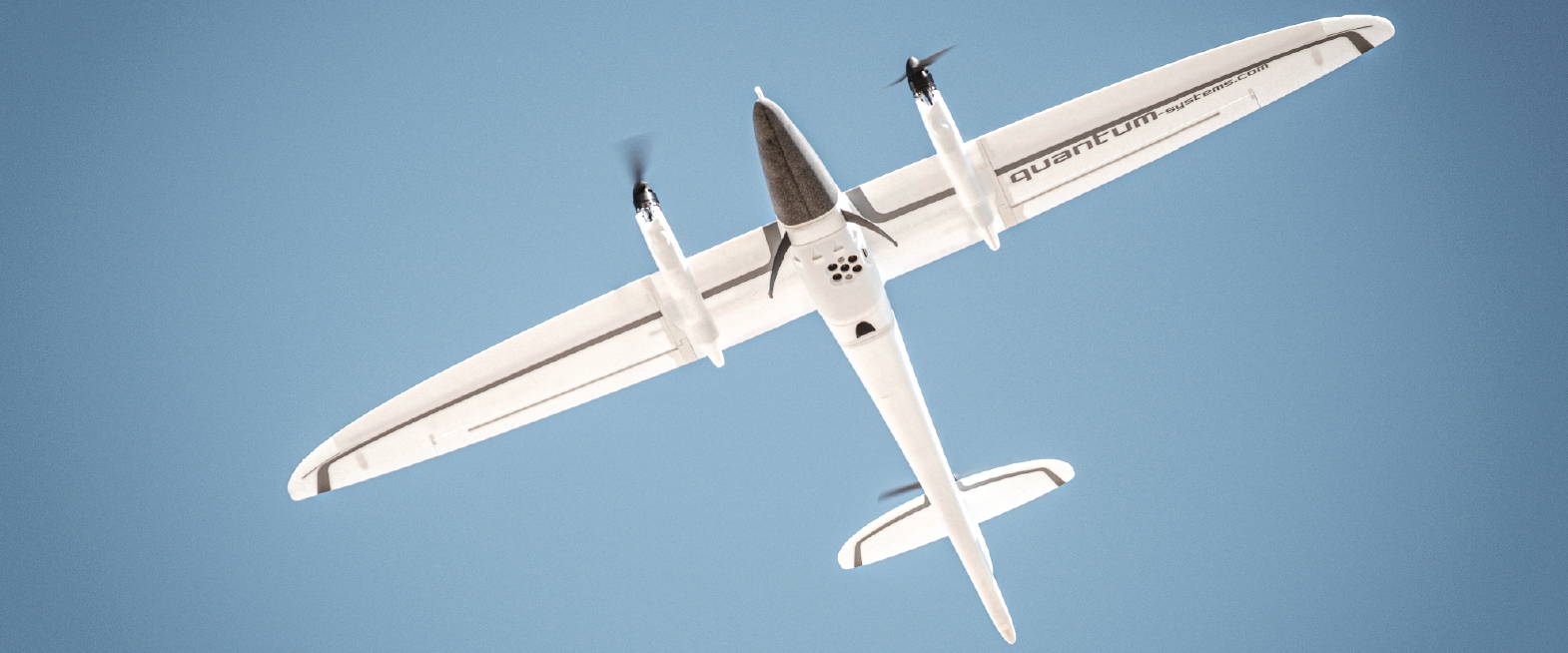Machine learning and artificial intelligence are rapidly becoming important tools in the field of Geomatics. These technologies automate complex processes and improve the accuracy of data analysis and mapping. For example, machine learning algorithms are used to classify land cover or detect changes in land use, and AI is used to optimize workflows and automate routine tasks.
AI also plays a role in the field of geomatics by allowing for the creation of autonomous systems and decision-making tools. For instance, AI-powered drones such as
DJI drones, can fly autonomously, collect and process data in real-time, and make decisions based on that data.
The integration of ML and AI into the field of geomatics is transforming the way geospatial data is collected, analyzed, and communicated, enabling new and innovative applications and solutions. A few examples of applications that are powered by machine learning and artificial intelligence are the following:
Object detection and classification: ML algorithms can be used to identify and classify objects in satellite imagery, such as roads, buildings, forests, crops, and water bodies. This information can be used in various applications, such as urban planning, disaster management, and land use analysis.
Change detection: AI is used to detect changes in the landscape over time, such as new construction, deforestation, or urban expansion. Then the information is used to monitor and manage natural resources and infrastructure.
Predictive modelling: ML algorithms can be used to analyze geospatial data and make predictions about future trends and patterns. For example, AI is used to predict the likelihood of natural disasters, such as floods or wildfires, and help decision-makers prepare for these events.
Geospatial visualization and communication: AI is also used to generate 3D models and virtual reality experiences, which communicate complex geospatial data and models to stakeholders. This helps decision-makers better understand and interpret geospatial data and make informed decisions.


